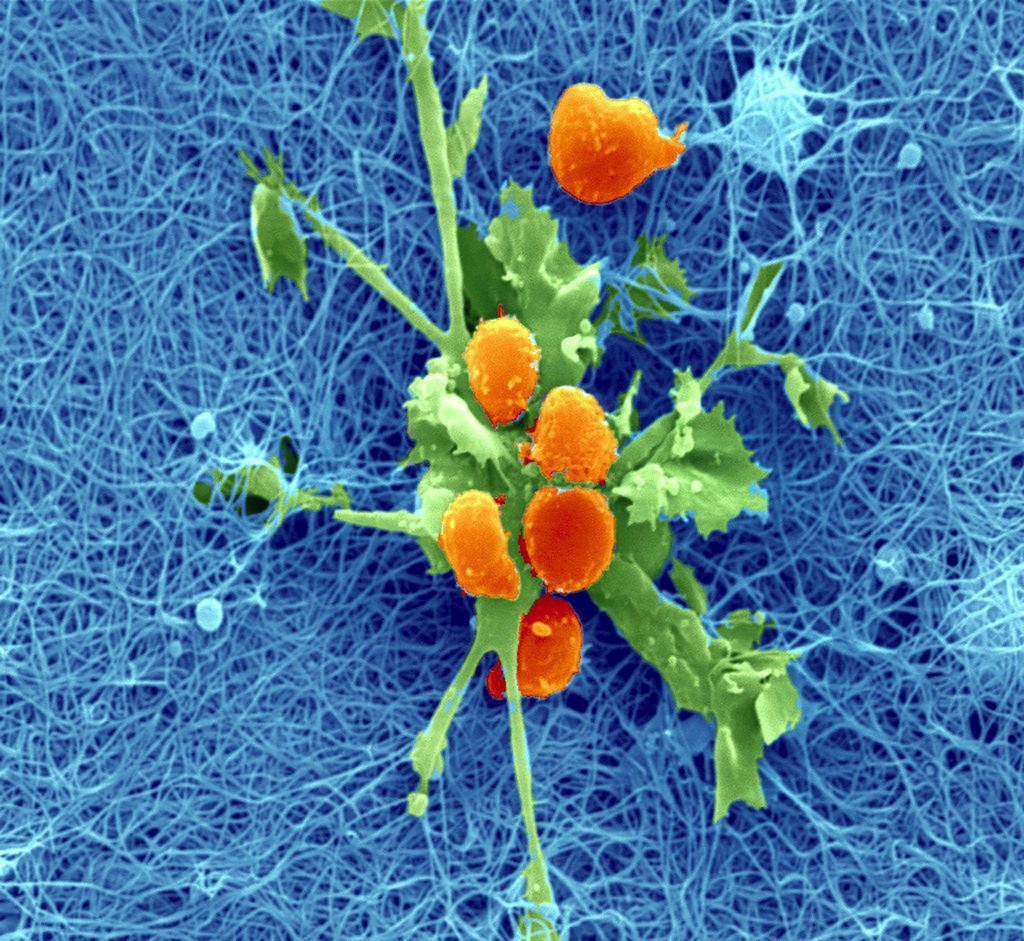New imaging gives insight into tumours’ travels

Through a high-resolution imaging system which makes lymph nodes highly visible, researchers from Zurich’s Federal Institute of Technology have come one step closer to understanding how cancer forms and travels through the body.
They found that a developing tumour blocks the lymphatic system’s normal paths, creating a sort of bypass. That discovery could help doctors spot and diagnose metastasising cancers earlier.
Cancer has long been known to stimulate the growth of blood and lymph vessels, but this is the first time it has been found to alter the circulation of the lymphatic system itself. Researchers made the discovery by injecting mice with a fluorescent substance and observing, under infrared light, how it travelled through the animal’s lymphatic system. Tiny details, down to the valves of blood vessels, were visible to scientists.
In humans, an oncologist would inject a coloured substance into a tumour and observe which lymphs take on the same colour, making it possible to spot the first signs of metastasising cancer. Michael Detmar, who directed the study, assured that the substance is not dangerous and simply passes through the body following the test.
The new method for viewing tumours is less complex than the current “positron emission tomography” test, which shows each organ in three dimensions. Scientists are already planning clinical trials to test their finding in humans.

In compliance with the JTI standards
More: SWI swissinfo.ch certified by the Journalism Trust Initiative









You can find an overview of ongoing debates with our journalists here . Please join us!
If you want to start a conversation about a topic raised in this article or want to report factual errors, email us at english@swissinfo.ch.